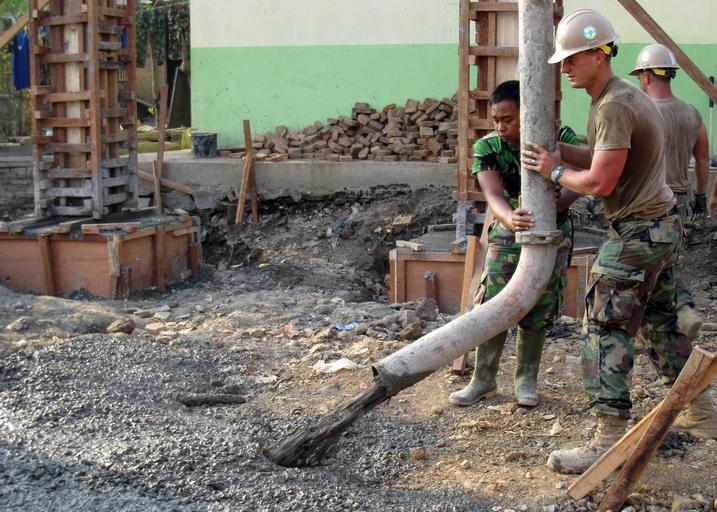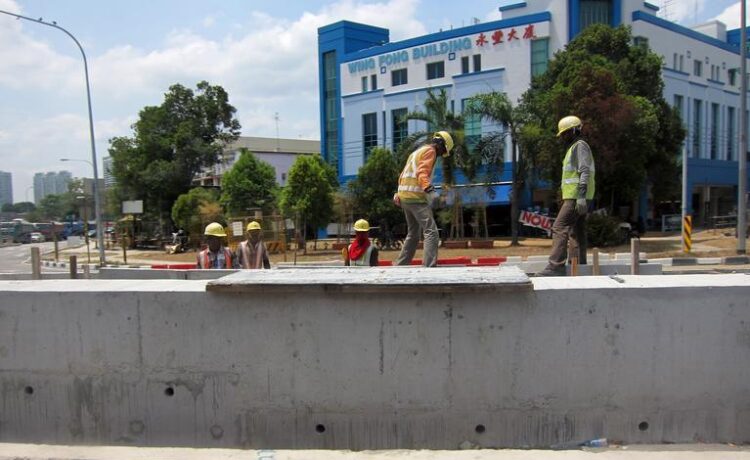Concrete scanning is the process of employing one or more types of non-destructive technologies to scan concrete. This could comprise ground penetrating radar (GPR) designed specifically for concrete, a cover metre, a ferroscan device, or even ultrasonic scanning gear. The ability to penetrate the earth and find items and/or abnormalities within a certain depth range and under various conditions is shared by all of these tools, regardless of which one is employed. Our highly skilled engineers then analyse such irregularities; they are seasoned professionals who can tell you what is underneath and, more importantly, what may need to be avoided throughout any upcoming work.
There are several different scanning options available at concrete scanning Brisbane. These include the ground penetrating radars GSSI Structure Scan Mini, the Hilti Ferroscan PS250 and PS300, the Proceq GPR Live, and other cutting-edge devices that enable us to see deeper than before. Once more, scanning is a pretty rapid and simple process that, on the whole, only requires access to one side of the concrete while frequently delivering real-time, on-site photographs. This is true regardless of the technology chosen.

The operator may produce user-friendly and straightforward reports that frequently contain an accurate picture of what’s concealed under the concrete by rapidly and easily exporting the scan data into a range of software products, including Word and CAD. Skilled engineers can detect reinforcing steel, cables, services, and more depending on the tools employed and the nature of the structure itself. They may also analyse the concrete’s structural integrity by looking for flaws, cracks, and voids. These engineers may offer helpful information on the strength, density, and thickness of the concrete, again depending on the nature of the structure itself.
Cutting or coring a concrete slab may be necessary as part of a great variety of building projects, especially renovations, for a wide range of factors. Everyone working in this type of work must be aware of anything beneath the service that could endanger them, other people, or the building itself. For instance, if workers mistakenly cut through a cable, reinforcement, or utility when cutting into a slab, the results could be expensive and perhaps dangerous. It could be expensive because of the cost of repairs, the detrimental consequences on the schedule and budget that occur, or the trickle-down effect on other trades that drains time and resources from budgets that are frequently already under pressure.

A cable hidden within a slab that is under high tension might potentially break through the concrete if freed, endangering workers. Tradespeople and organisations can prevent such incidents with the help of the very detailed picture that scanning is frequently able to deliver. Similar to how a damaged electrical wire could cause a disruption in the supply of electricity and cause catastrophic harm or even death to workers, on a project with a tight deadline and a tight budget, this can be expensive and time-consuming, neither of which you want. In many cases, the scanning produces on-site, real-time results meaning minimal trouble and costs. It can provide greater confidence that safety and building regulations are being adhered to. In renovation projects, it can give developers, engineers, and trades a heads-up as to exactly where they can and can’t drill.





